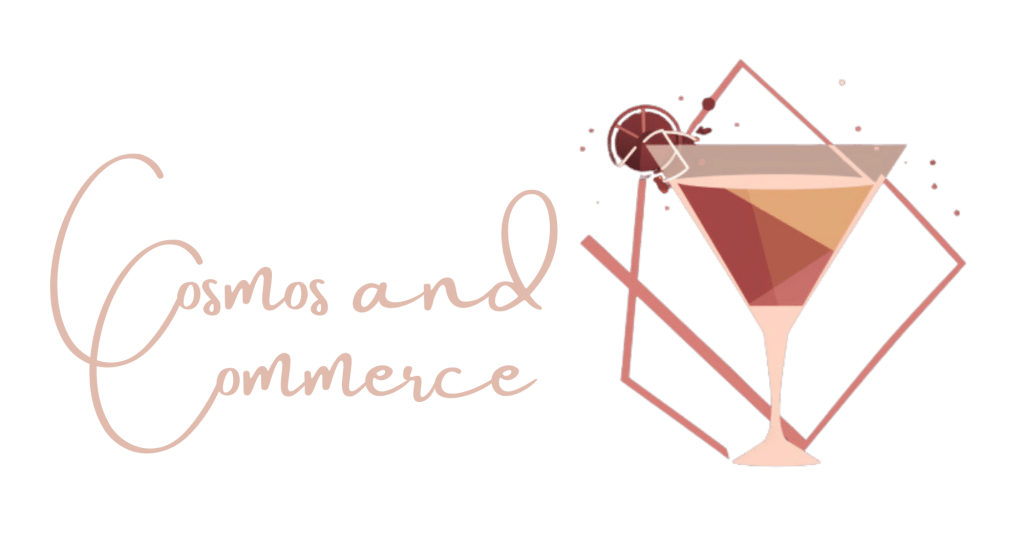
October 8, 2023
By Michelle Hill, POL Contributor
Most people may catch a glimpse of a moth here and there. It can be hard to understand the intrinsic value of something that often goes unnoticed. These nocturnal butterflies need our support. Just as the monarch has particular requirements to support its life processes, so do all moths. These creatures have coevolved alongside their plants over millions of years. Recent research has found that the earliest pollinators began some 280 million years ago, a whole 120 million years earlier than previously thought.

We all know the beauty of the monarch and are likely aware that this potentially imperiled insect requires plants from a specific family to host its young: milkweeds. But did you know there are some 160,000 different types of lepidoptera in our world with only 17,500 of those being butterflies? Moths actually are doing more of the heavy lifting, playing a critical role in the web of life.
At least 10,523 species of moths call the United States home. Ohio hosts at least 3,000, but no one knows the exact number. An avid moth-er in southeast Ohio who lives on 12.5 acres has thus far recorded nearly 1,500 species of moths on her property. This localized study shines a light on the tremendous diversity of moths in Ohio and reveals how little we actually know about them. The true Ohio number is likely far higher than currently suspected.
This includes cecropia, North America’s largest moth which, as a caterpillar, dines on black cherry trees. Moth species generally are very specific about the plants that they eat and nearly all of those plants are native. The group as a whole are of vital importance in the larger food web and require our protection. Planting native plants is an extremely easy way for homeowners to support the dwindling numbers of pollinators.

Reducing our lawn, removing invasives and planting natives are necessary steps towards supporting these most essential creatures. However, there is another action to consider – your choices of outdoor nighttime lighting, be it for safety, aesthetics, or outdoor entertainment, may be negatively affecting our nocturnal butterflies.
Jim McCormac is an expert in multiple fields, an accomplished wildlife photographer, an educational speaker, and a talented nature columnist for the Columbus Dispatch. Jim also regularly posts photographs of local wildlife to social media. The posts are not only gorgeous, but informative. He includes facts about his subjects and advice as to how we might support them. He has maintained an informative blog since 2007.
Jim has also penned multiple wildlife guides. Recently, Jim released a book, with his cowriter Chelsea Gottfried on the topic of moths. Gardening for Moths: A Regional Guide, covers all of Ohio and eight other regional states. It provides us with why and how to garden to support these special creatures. You will be amazed by the vast diversity of lepidoptera included in this book encompassing a wide array of colors, textures, and size differences. Our largest native caterpillar can fill a hot dog bun!
Light pollution is a man-made problem. It is entirely within our power to make the necessary changes. We can and should. Here is the how:
- Sensors- Do you keep lights on continuously through the night? Please switch to sensors which activate with movement, still providing illumination, but as needed rather than in excess.
- Bulb type- Lights rated as warm (3000 K or lower) at the lowest level needed for the particular space.
- Position- lights facing down, directly where needed rather than skyward are best.
- Keep lights on within the home only as needed- Save some energy and money by turning off lights in rooms that no one is in. When you do require the extra illumination, draw the shade or curtain to reduce your output. Any extra light we put out there distracts the moths, taking them away from what they should be doing and stupefying them around your window or light fixtures. Like I’ve told my kids, “If you are leaving the room, turn off the light. The moths need to be out there falling in love with other moths, not getting trapped in your light’s force field”.

For more in-depth information on how you can support moths and the greater environment check out Jim’s book, Gardening for Moths: A Regional Guide. It is available in paperback on Amazon for $29.60 and has a rating of 4.9 stars.
Alongside hundreds of full-color images, you will find detailed information for lay people and insect enthusiasts alike. Conveniently, you will also find a section recommending specific native plants that will flourish and nourish within our ecoregion.

We can make these changes on our properties, but what about other sources of light pollution? You can and should lobby local businesses, city and school officials, HOAs, family, friends, neighbors, etc. to get on board. Give them the why and how. Challenge your friends and neighbors to support life. Doing so as a group creates a pathway for these most essential insects, birds, and other life, ensuring the survival of a greater number. We all benefit from coming together to address these problems and make our communities stronger and healthier.
Plant the beautiful Riddell’s Goldenrod and you will be supporting 122 different types of lepidoptera here in Ohio, ensuring a plethora of beautiful songbirds will visit your space and might even call it home.
Links:
Interested in seeing Jim’s work?
Want to learn more about moths?
More information on reducing light pollution from the Xerces Society.
Visit the Dark Sky website to take a quiz assessing your own home’s light pollution contribution. Here is the Responsible Home Outdoor Lighting guide to assist you. Simple changes add up.
To read previous editions of “Growing Hope”, please click on the links below.
- Plant the Plants That Do the Most Good
- Impact Climate Change in Your Own Backyard
- Removing Invasives
- Lawn Reduction

Michelle Hill is the founder of the local Pro Pollinator Initiative which is a group working to plant pollinator gardens throughout the Pickerington area. This summer, they will plant native flower beds at Toll Gate Elementary School, Lakeview Junior High School and the main branch of the Pickerington Public Library.
She is also the acting president of Greener Violet, a newly-formed Pickerington-based environmental organization combining a variety of ecological interests including invasive plant remediation and watershed protection.
To learn more about either organization or to ask a question specific to your situation, please email Michelle at pro.pollinator.initiative@gmail.com.
Growing Hope logo created by Dawnette Fleischer

















